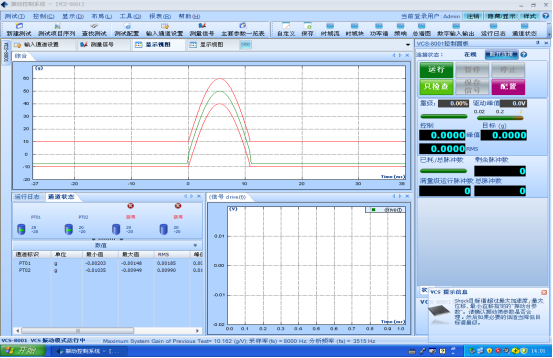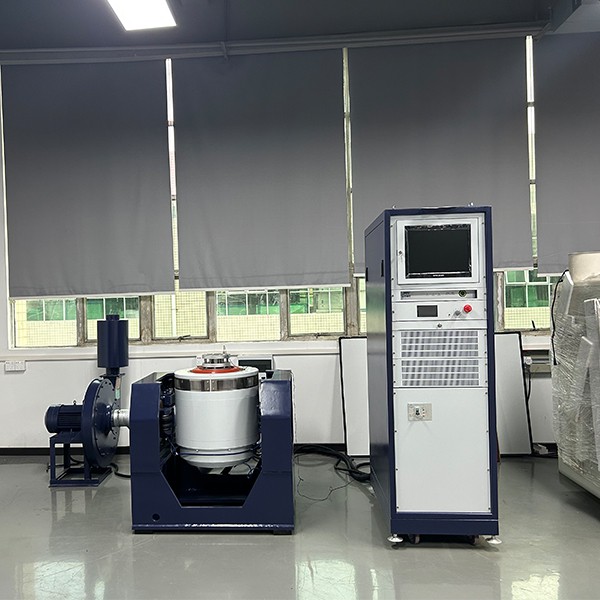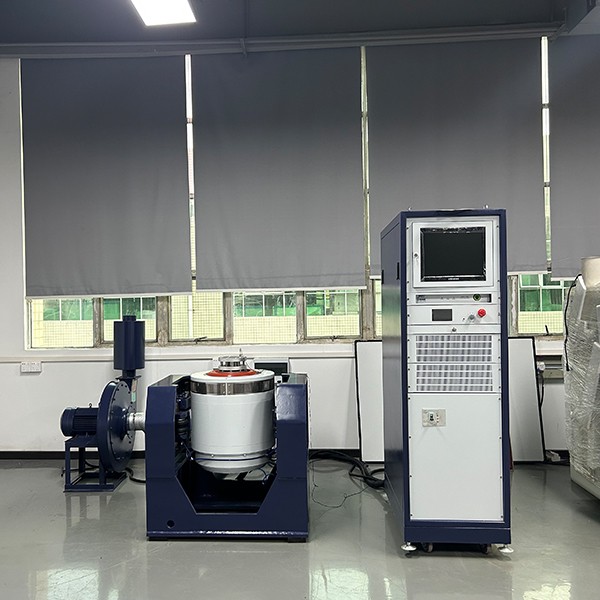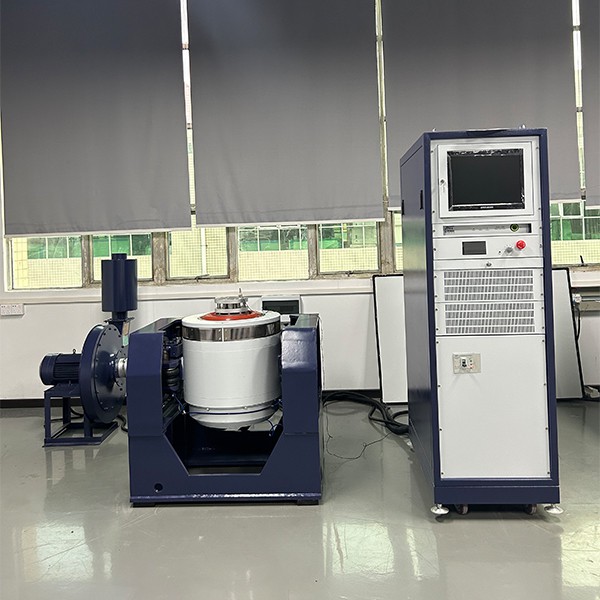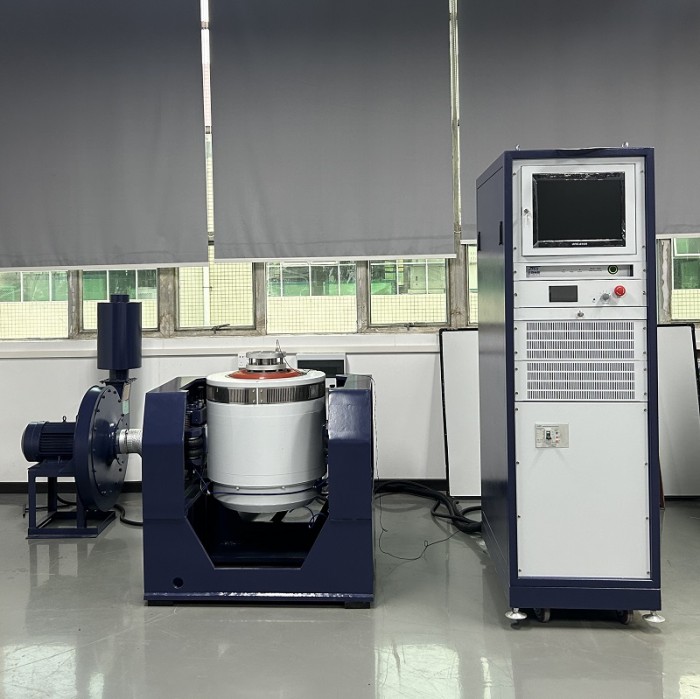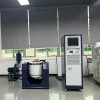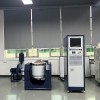- Product Details
Equipment Overview
HZ-
HZ-4006F Vibration testing is the act of stimulating or shocking a component or device to see how it will react in a real-world environment. The application range of vibration testing is extremely wide, ranging from industrial products such as circuit boards, aircraft, ships, rockets, missiles, automobiles and household appliances.
Lixian Instruments can provide you with the entire excitation and testing solution, and prove the quality of your products according to national and international standards, such as GB, GJB, UL, JIS, DIN, ISO, BS, MIL, IEC and ASTM, etc.
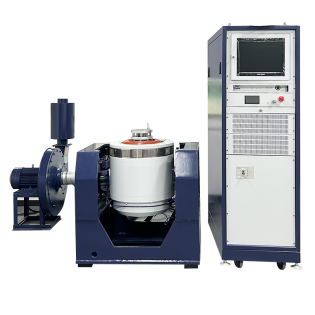
Standard
《MIL-STD-810 (US military standard), ISO standard, user-defined interrupt control limit.》
Applicable Industry
Electronics, optoelectronics, communications, electronics and electrical engineering, home appliances, aerospace, auto parts, semiconductors, weapons, ships, instrumentation, universities, research institutes, testing institutions and many other industries.
Main feature
1.Vibration table
1.1, dynamic coil
The shaker is equipped with cast and hand-machined armatures, an opto-pneumatic load support system and dual-bearing axial guidance. The dual-bearing guidance is a unique feature that helps reduce dynamic crossover and rotation of the axial direction during vibration testing, providing superior durability.
1.2. Excitation coil
Dual magnetic circuit structure, low magnetic leakage and uniform magnetic field
1.3. Table surface
It adopts advanced phosphating treatment and automotive paint technology, which has long-term anti-wear and anti-rust effects.
1.4. Table cooling
A low-noise fan is used, the air inlet structure of the platform is improved, the excitation coil adopts a honeycomb air duct, the middle magnetic ring adopts a double-layer split-flow air duct, etc., and a new air duct design is adopted to enhance the cooling effect.
2.LA digital switching power amplifier
LA series digital switching power amplifier adopts reliable MOSFET or IGBT technology,
a. High stability and reliability
b. Meets EU "CE" standard requirements
c. Adopts sinusoidal frequency multiplication pulse width modulation technology, and the power
amplifier has a high signal-to-noise ratio.
d. Adopts the working principle of switching power supply, with high conversion efficiency.
e. Adopts electronic automatic current equalization technology
f. Good safety performance.
3 .Servo protection system
Complete protection functions, including grid overvoltage, undervoltage, phase loss, logic fault, power module pass-through, overtemperature, output overcurrent, output overvoltage, drive power supply, platform overdisplacement, platform temperature, external interlocking, etc.
4.Vertical expansion platform
The extended platform is usually used as a platform for mounting larger test pieces. It can be square, round or user-defined. In order to reduce the impact of the dynamic characteristics of the extended platform, all extended platforms must be modeled and analyzed for their modal frequencies. These extended platforms are generally made of magnesium alloy castings and attached with damping materials.
5.Photoelectric automatic centering system
Automatically adjust the position of the moving coil to keep it in a balanced state. The automatic centering system ensures that the moving coil is always in the center during loading and unloading.
6. Horizontal slide (electric steering)
The horizontal slide is designed with high overturning moment and lateral limit. This design concept combines the standard horizontal slide device with high dynamic moment limit while maintaining the guide oil film damping characteristics. The horizontal slide consists of a slide plate, a connector, a natural granite plate, a horizontal slide base, and an independent oil source.

6. Digital vibration controller introduction
The vibration controller adopts an advanced distributed structure system. The closed-loop control is realized by a DSP processor. The PC is independent of the control loop, which ensures the real-time and high efficiency of the control system. It can respond to any changes in the test system in a timely and rapid manner, ensuring the stability and high precision of the control. The hardware adopts a 32-bit floating-point DSP processor with a main frequency of up to 300MHz, a 24-bit resolution ADC/DAC, and high-precision floating-point digital filtering and low-noise design technology of the hardware circuit. The controller has a random control dynamic range of more than 90dB and a signal-to-noise ratio of more than 100dB.
7.1:Vibration controller features:
a.High performance and reliability
Closed-loop control is implemented by a DSP processor, and the PC is independent of the control loop, ensuring the real-time and high-efficiency of the control system, and being able to respond promptly and quickly to any changes in the test system, ensuring the reliability and high-precision of the control. All input channels have 24-bit resolution ADCs, low-noise hardware design, and built-in analog and digital anti-aliasing filters, effectively ensuring high-precision analysis.
b.Simple operation
The Windows-based application software is easy to operate and has rich auxiliary functions. The system's powerful automatic wizard and test report automatic generation function make repetitive and boring test tasks simple. The test parameter settings are rich and rigorous, and the USB2.0 interface makes it more closely and harmoniously connected to the computer.
c.Powerful functionality and flexibility
Vibration controller is a powerful vibration control platform that can complete multiple complex tasks. On the same hardware platform, different application software can be configured to complete a variety of analysis tasks to meet your different test and analysis needs. The controller adopts modular design and can configure corresponding hardware and software according to different user needs to meet different user needs.
b.Test safety
The controller can provide a small amount of signal control to obtain a preview of the system vibration control; this method can help test engineers predetermine the noise level and roughly understand the system's transfer function and other characteristics. There are also multiple safety checks and interlock settings to maximize the safety of testers, test objects and vibration table equipment. If the system is abnormal, you can immediately press the system's built-in stop button to end the test.
e. Test report generation
It supports the function of quickly generating a test report in word format or PDF format with one click. You only need to click the report generation button to get the current test results. From the basic test control function description to the specific test setting parameters, from the control target spectrum curve to the test time domain and frequency domain curve, everything is available. It is convenient for you to modify and make according to different test report specifications, and you can directly print and print preview, and can execute online sending.
7.2:Digital vibration controller function description:
Random control
According to the user-defined power spectrum (created by the target spectrum editor), random control uses the transfer function equalization method to continuously output Gaussian random signals, quickly perform real-time and accurate multi-channel closed-loop control, and the built-in adaptive control algorithm can respond quickly to the nonlinearity, resonant frequency and load changes of the system.
Frequency range: 0~4800Hz, expandable to 18750Hz
Resolution: 100, 200, 400, 800, 1600, 3200 spectral lines
Control power range: >90dB
Control strategy: single channel control, weighted average, maximum value, minimum value
Sine Control (Sine)
Sine provides analog-quality sine and sine-swept signals, and controls the amplitude of the sine waveform. You can set the dwell level, dwell frequency, and determine the dwell duration by setting the time or the number of sine signal cycles.
Frequency range: 1Hz~5000Hz, expandable to 10000Hz
Closed-loop time: 5 ms
Harmonic distortion: <-100dB
Sweep mode: Linear sweep 0~6000 Hz/min
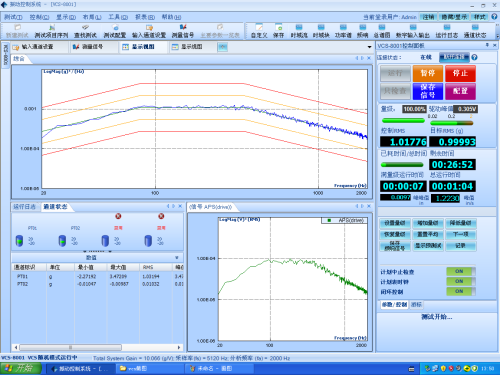
Logarithmic sweep 0~100 Oct/min
Sweep direction: Up, down sweep
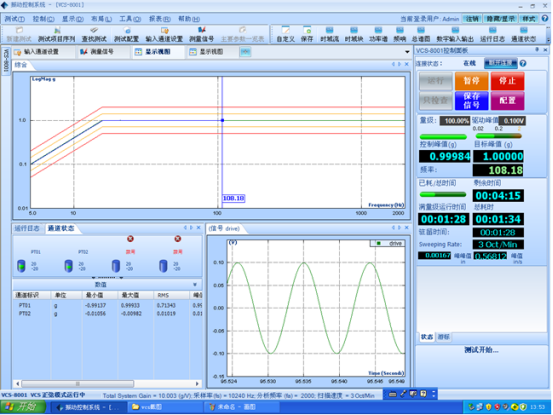
Sweep duration: can be set to sweep times, time
Classical Shock
Adopt transfer function equalization method, support half sine, bell wave, rectangular wave, trapezoidal wave, front peak sawtooth wave, rear peak sawtooth wave, triangle wave. Users can also input pulse peak value as needed. Pulse duration ranges from 0.5 to 3,000mS
Maximum analysis bandwidth 18750Hz
Frame size: Maximum 16384
Meet standards: MIL-STD-810 (US military standard), ISO standard, user-defined interrupt control limit.
Equipment Pictures:
